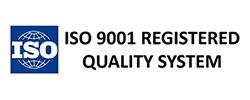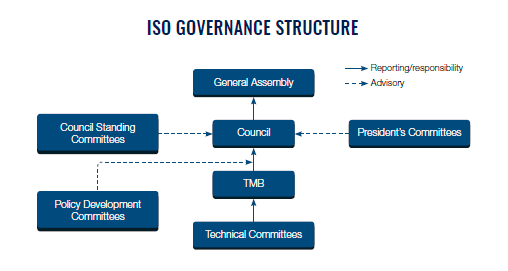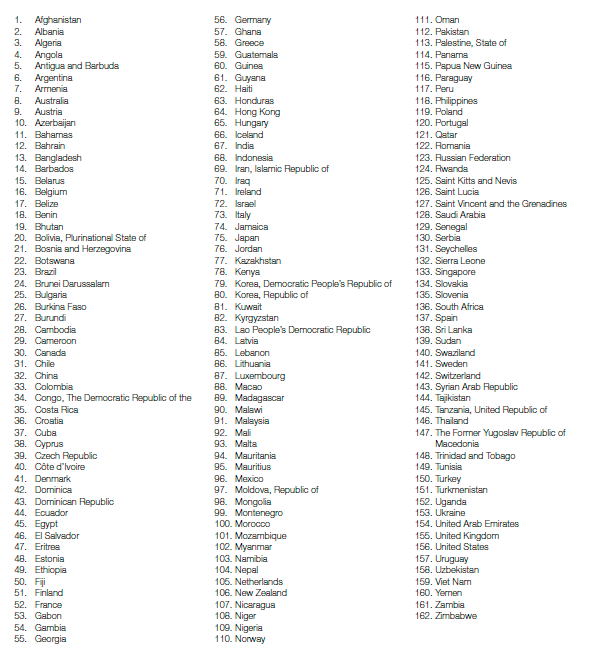ISO (International Organization for Standardization)

ISO is short for the International Organization for Standardization. ISO is a word, not an abbreviation. It is derived from the Greek isos, which means "equal". The naming convention was agreed upon in an attempt to avoid creating even more abbreviations for the members' national languages (e.g. IOS in English, OIN "Organisation internationale de normalisation" in French). The three officially recognized languages of ISO are English, French, and Russian.
ISO History
The organization known today as ISO began in 1926 as the International Federation of the National Standardizing Associations (ISA). The focus of ISA was mechanical engineering. In 1942, during World War II, the organization was disbanded. After the conclusion of World War II, ISA was approached by the United Nations Standards Coordinating Committee (UNSCC) to form a new global standards body. In October 1946, ISA and UNSCC delegates from 25 countries met in London and agreed to join forces to create the new International Organization for Standardization. The new organization, ISO, officially began operations in February 1947. ISO is based in Geneva, Switzerland.
ISO Structure

ISO Members
ISO is an independent, voluntary, non-governmental, international organization. 162 national standards bodies make up the membership. Each member country is represented by one recognized authority on standards. Companies and individuals make up the membership. Each member country is represented by one recognized authority on standards. Companies and individuals cannot become ISO members.
The American National Standards Institute (ANSI) is the United States representative to ISO. The ANSI ASC Z-1/ASQ (American Society for Quality) Standards Group represents the United States in the ISO Technical Committees. ISO/TC 176 Quality Management and Quality Assurance (ISO 9000) and the Technical Committee ISO/TC 207 Environmental Management (ISO 14000) are two of the committees that ANSI ASCQ-1/ASQ contribute efforts toward. There are presently 244 active Technical Committees.
Currently, there are over 1,700 organizations working in cooperation with ISO. Notable organizations in cooperation with ISO include:
- American Society for Quality (ASQ)
- American Society for Testing and Materials (ASTM)
- North Atlantic Treaty Organisation (NATO)
- International Organization of Motor Vehicle Manufacturers (OICA)
- Society of Automotive Engineers
- United Nations (UN)
- World Energy Council (WEC)
- World Health Organization (WHO)
- World Trade Organization (WTO)
Types of ISO Memberships
- Member body - Full members (or member bodies) influence ISO standards development and strategy by participating and voting in ISO technical and policy meetings. Full members sell and adopt ISO International Standards nationally. There are 120 Member bodies.
- Correspondent member - Correspondent members observe the development of ISO standards and strategy by attending ISO technical and policy meetings as observers. Correspondent members can sell and adopt ISO International Standards nationally. There are currently 39 Correspondent members.
- Subscriber member - Subscriber members keep up to date on ISO's work but cannot participate in it. They do not sell or adopt ISO International Standards nationally. There are currently 3 Subscriber members.
Current List of ISO Member Countries

Reference: https://www.iso.org
Click to submit a Request a Quote or call us at 303-652-0431